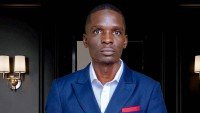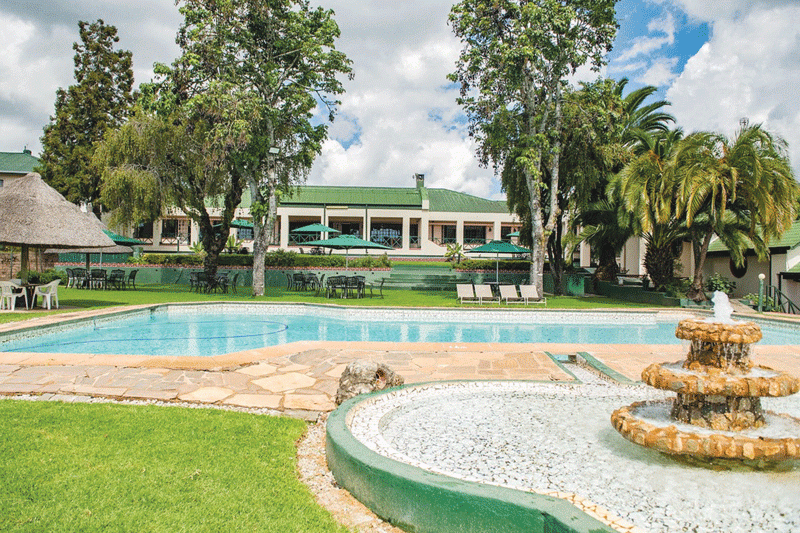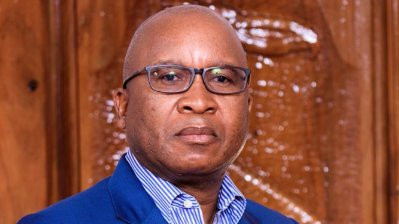
ENERGY and Power Development minister Edgar Moyo says investments into Zimbabwe’s power sector have been affected by high currency induced risks.
However, Moyo told businessdigest that currency volatilities were among top priorities to be addressed in order to drive investments into the sector and help state power producer, Zesa Holdings bolster its operations.
“Everything hinges on currency convertibility,” Moyo told businessdigest.
“Everything hinges on the capacity of the off taker (of electricity) to pay through a cost reflective tariff, which is now being addressed. These are some of the measures that have been put in place to attract investments,” he added.
“The other thing is that we are not looking so much from outside. We want to mobilise resource internally for the upgrade and integrity of our transmission infrastructure and the development of new lines. We are looking at the current route towards cost reflectivity to capacitate the utility (Zesa) to improve on our transmission,” Moyo noted.
For years, Zesa had been unable to charge cost reflective tariffs owing to strict policies that promoted payment in local currency over the greenback.
However, with the Zimbabwe dollar depreciating by over 700% this year alone, local currency indexed tariffs have affected Zesa’s capacity.
The current average power price per kilowatt hour (kwH) in southern Africa is 12,54 US cents.
- $10m allocated for hospital rehabilitation
- $10m allocated for hospital rehabilitation
- Low tariffs weigh down ZETDC
- ‘Systems disturbance hits Hwange Power Station’
Keep Reading
But Zesa had until recently been charging 10 US cents, driving it to losses.
In October, the Zimbabwe Energy Regulatory Authority awarded Zesa a 2 US cents tariff increase, taking the price to 12 US cents.
According to the ministry of energy, at least US$2 billion in infrastructure capital is required in the sector.
“We have said the private sector must play its part. Government will remain largely as a regulator and not an active player,” Moyo said.
“Beyond that, we are inviting the private sector through policy formulation (especially) the indexation of the tariffs to the US dollars.”
Power generation shortcomings have seen the country generating between 1 000 megawatts (MW) and 1 500MW, against a national demand estimated at over 2 000MW.
In a new report, the World Bank also noted Zimbabwe’s energy sector is saddled with many challenges.
“Energy tariffs do not reflect the financial costs of energy generation and distribution, leading to significant losses for power companies. This is complicated by the inefficiencies of the utility companies. Energy companies are also burdened by high debt servicing costs,” the World Bank said, in its Fourth Economic Update on Zimbabwe.
“Insufficient revenues and high debt lead to cash flow shortages, which in turn constrain the companies from investing in new generation, transmission, and distribution assets, including in access expansion, attracting private sector investment and commercial financing for the sector’s investment plan,” the report added.
The bank said the energy sector was also hindered by lack of centralised oversight in monitoring implementation, insufficient coordination, and inadequate planning capacity.
Appetite to invest can be seen in the fact that the government has only approved up to 28 projects from independent power producers despite unapproved applications reaching close to 130.
The World Bank said the weak financial state of Zimbabwe’s electricity companies was the most significant issue driving the country’s power supply deficits.
“The government is planning to expand electricity access through various sources, but it remains unclear how the investment needed will be financed. The biggest planned increase in electricity supply comes from the Batoka Gorge Project along the border with Zambia (1 200 MW for Zimbabwe) projected for completion after 2034, and the Devil’s Gorge (1 200 MW) to be completed by 2040,” the World Bank said.
“This is complemented by additional energy projects in solar, wind, mini-hydro and geothermal. The National Renewable Energy Policy of 2019 is targeting an additional 2 100 MW by 2030 from renewables, mainly solar PV. This would be complemented by storage at the Kariba reservoir and battery energy storage systems.”











